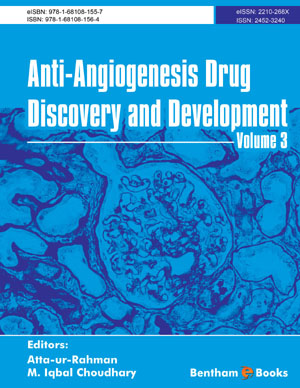Abstract
Oxaliplatin, is a platinum-based antineoplastic agent used in cancer chemotherapy and paclitaxel is one of several cytoskeletal drugs that target tubulin. Paclitaxel-treated cells have defects in mitotic spindle assembly, chromosome segregation, and cell division. Survivin is one of the key anti-apoptotic proteins which is over-expressed in most of the human cancers; and is associated with their biologically aggressive characteristics and drug resistance. Investigations presented deals with the evaluation of the efficacy of oxaliplatin and paclitaxel combination as a potential strategy in controlling HNSCC cell proliferation and the assessment of correlation between occurrence of apoptosis and changes in expression of survivin (IAP) by employing two HNSCC cell lines (Cal27 and NT8e) and one normal cell line (293) panel with differential level of survivin expression in accordance with chemosensitivity. The combined treatment of cells with paclitaxel and oxaliplatin resulted in a significantly higher cytotoxicity compared to individual single drug treatment. Cytotoxicity was prominent in paclitaxel to oxaliplatin (pacl-oxal) sequence treatment with an approximate two-fold increase in apoptosis compared to oxaliplatin to paclitaxel (oxal-pacl) sequence treatment.
Paclitaxel treatment also significantly increased survivin expression with reduced apoptosis at low concentration. Oxaliplatin, when combined with paclitaxel, decreased the survivin level with increased cell death. Study was further designed to explore the effect(s) of survivin-inhibition by a small interfering RNA (siRNA therapy) method on the apoptosis in HNSCC cells expressing increased sensitivity of the cancer cell lines to paclitaxel whereas over-expression of survivin in the transfected 293-cell line provided resistance. Survivin played a critical role in paclitaxel resistance through the suppression of apoptosis, and a significant induction of apoptosis was observed when oxaliplatin was combined with paclitaxel at least in part by the down-regulation of survivin. In conclusion, the interaction between drugs was synergistic and scheduledependent.
Keywords: Apoptosis, Chemotherapy, Cytotoxicity, HNSCC, Oxaliplatin, Paclitaxel, Survivin.






















